- Joined
- Aug 4, 2008
- Messages
- 14,674
This is very simplified:Gypsy|1415668933|3780957 said:But when the customer got it, they were not happy with the diamond. They did like that the brightness of the facets when they were on. But the table facets, in particular that star pattern under the table, would flash on and off TOGETHER as a whole. So when they were "on" the table was very bright. But when they were off, the facets were uniformly dark in that pattern.
It is not that uncommon that the angle combinations that form virtual facets are in sync with each other in their on off cycle as described. Combine that with a long dwell time and narrow beam pattern and covering a larger area of the diamond and you get a black hole effect. The most common place for that to happen is under the table and in square, rectangular or oval shaped stones. I wont say it cant happen in rounds but I have never seen it.
A face up rotating video vs laying on its side would have likely shown it.
Stan mentioned something earlier about a larger red in ASET VF in otherwise crushed ice radiant that made the diamond dark and it is likely from the same cause. Long dwell times, narrow beam pattern.

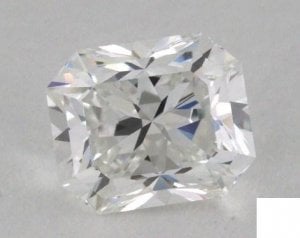
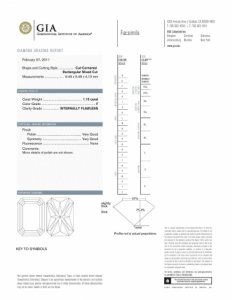
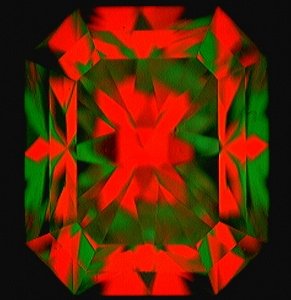

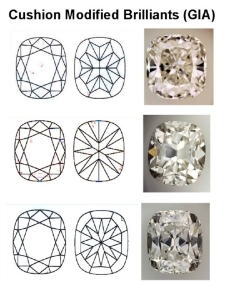

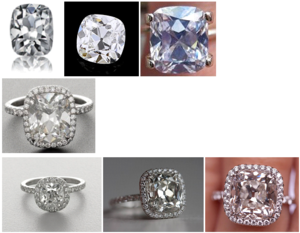
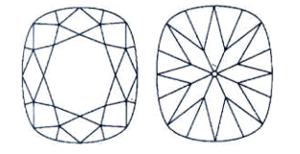

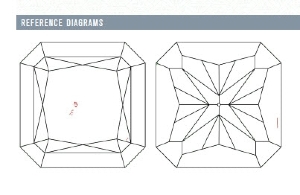

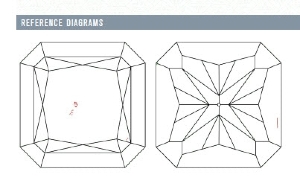

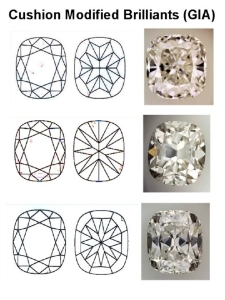

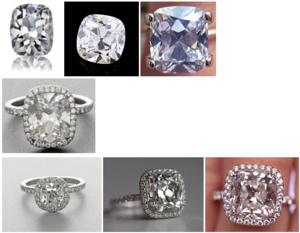
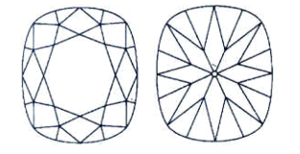
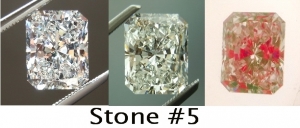
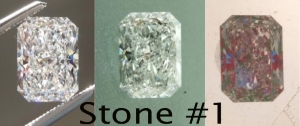
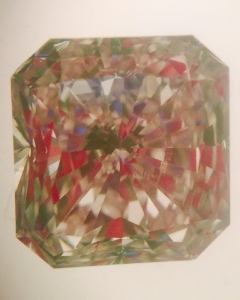
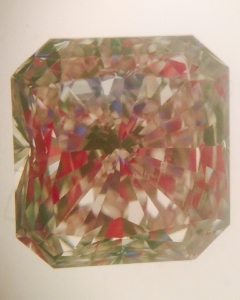
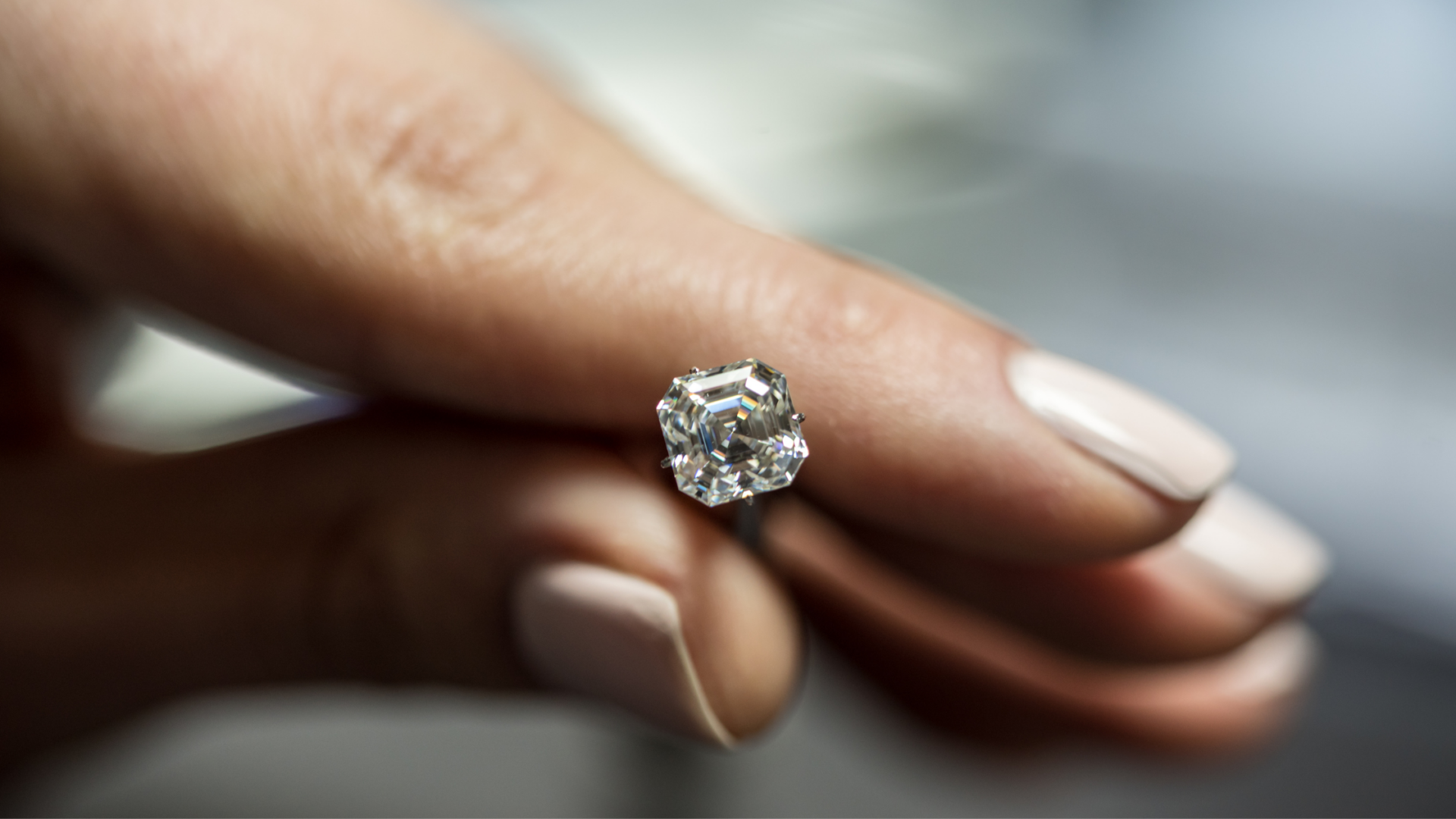

300x240.png)